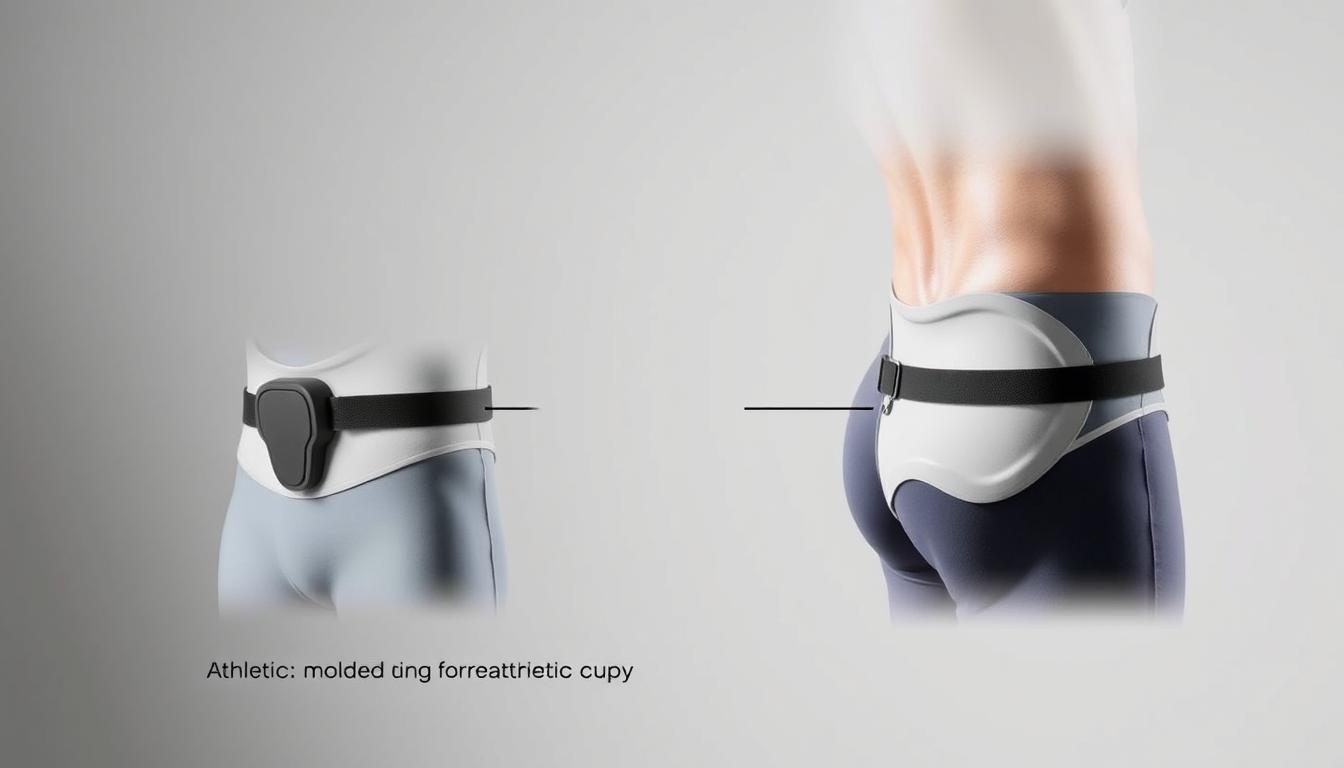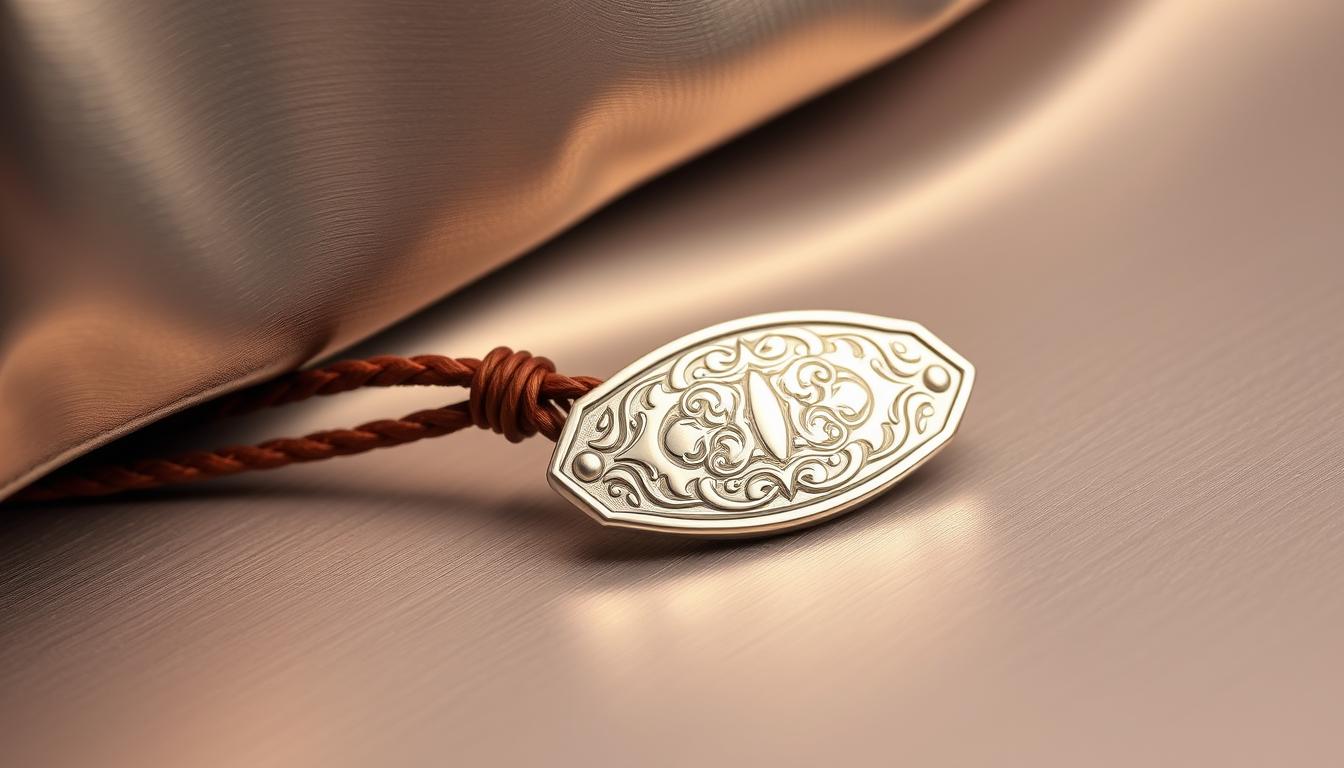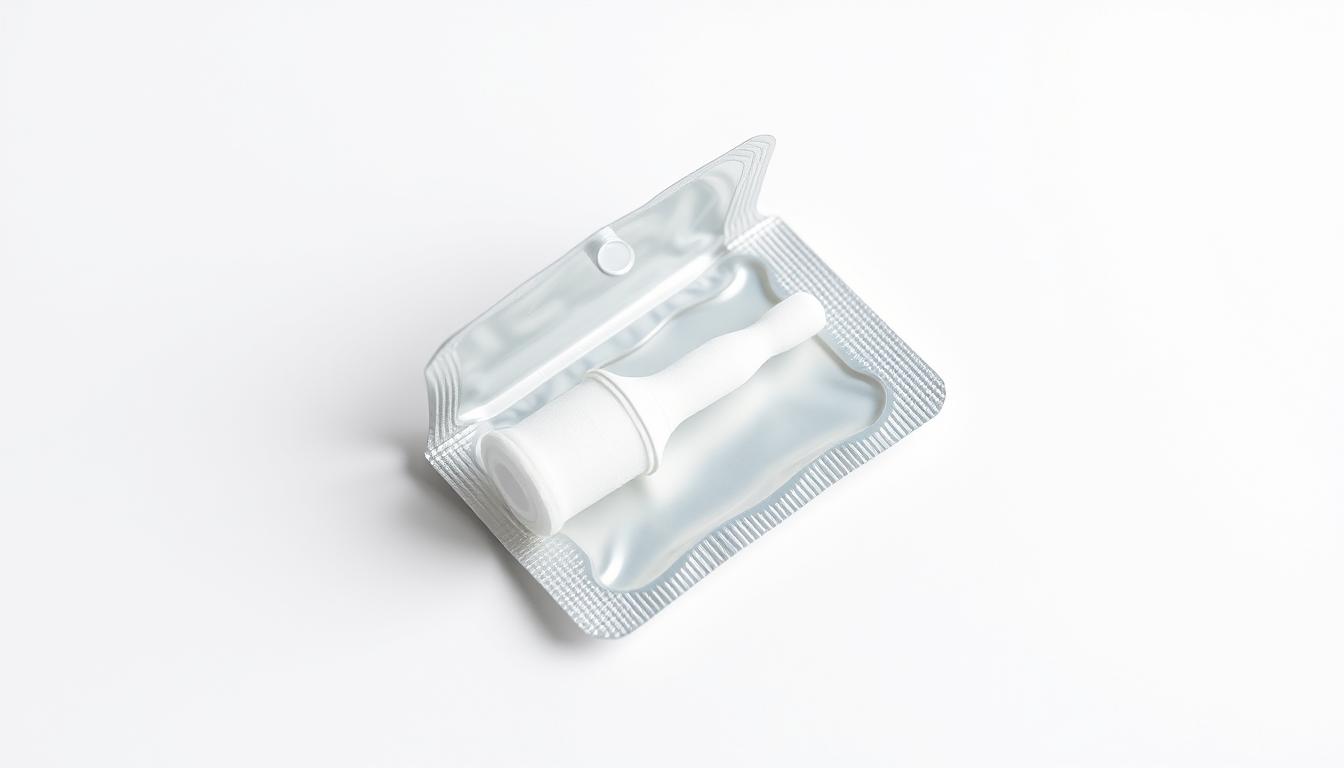Athletic protection is more than just safety—it boosts confidence and performance. Learning how to wear a cup right can change your sports game. It’s key for athletes in contact sports, martial arts, or high-impact activities.
Protecting yourself in sports needs more than just gear. You must understand the cup’s purpose, pick the right one, and place it correctly. This guide will cover all you need to know about protecting yourself with a cup.
Athletes face many risks in sports, and genital injuries can be severe. A well-worn cup offers vital protection. It lets you focus on your game without fear of injury.
Key Takeaways
- Athletic cups are essential for preventing serious injuries during sports
- Proper fit and positioning are critical for maximum protection
- Different sports need specific cup styles and wearing techniques
- Comfort and mobility should not be compromised when wearing a cup
- Regular maintenance and correct sizing ensure optimal protection
Understanding Athletic Cups and Their Importance
Athletic cups are more than just protective gear. They are a key piece of equipment for athletes in many sports. Knowing how to fit and wear a cup can greatly improve both performance and safety.
Protection is not just about blocking impacts. These special pieces of equipment are made to protect sensitive areas during intense physical activities. Athletes need protection that is both comfortable and safe.
Types of Athletic Cups Available
Different sports need different cup designs. Here are the main types:
- Hard plastic shell cups
- Compression shorts with built-in protection
- Flexible polycarbonate cups
- Lightweight mesh-backed options
Benefits of Wearing a Protective Cup
Wearing the right cup offers many benefits:
- It prevents serious injuries
- It boosts athlete confidence
- It lets athletes perform at full intensity
- It gives psychological comfort during games
When You Need to Wear a Cup
In some sports, wearing a cup is not optional. Activities that require cup protection include:
- Contact sports like martial arts
- Wrestling
- Hockey
- Baseball
- Skateboarding
Knowing how to wear a cup is important for athletes. It helps them stay safe and perform well. Choosing and fitting the right cup is essential for protection and comfort in any physical activity.
Essential Preparation Before Wearing a Cup
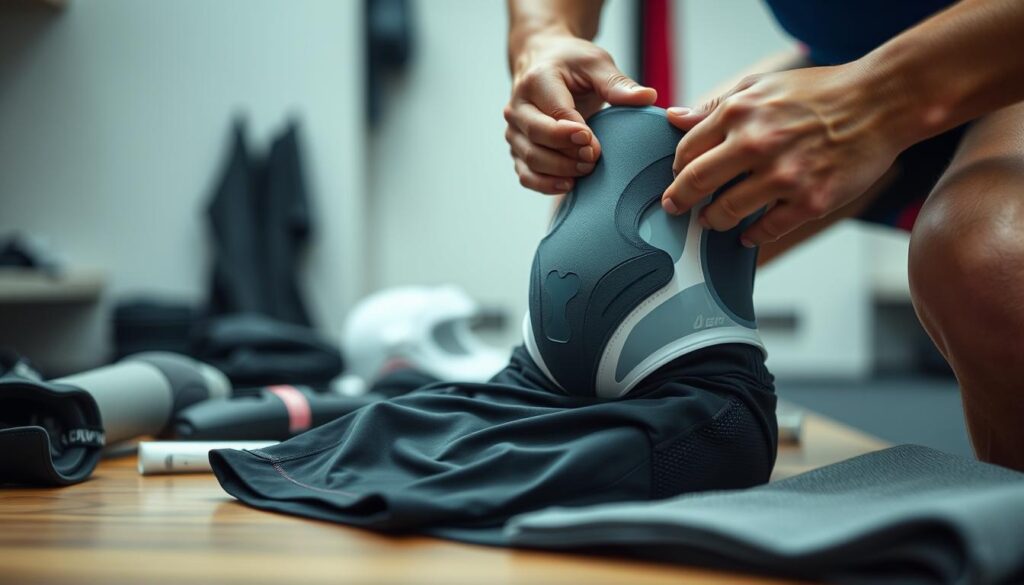
Getting ready to wear an athletic cup is more than just picking it up. It’s about making sure you’re comfortable and protected during sports. The right preparation is key to enjoying your game without worry.
Before you put on your cup, here are some important steps:
- Clean your body thoroughly to prevent skin irritation
- Select appropriate supportive underwear
- Check for any skin sensitivity or possible allergic reactions
- Ensure your athletic clothing is compatible with cup placement
Choosing the right underwear is vital. Look for snug, moisture-wicking athletic briefs. They should offer support and prevent chafing.
| Preparation Step | Key Considerations |
|---|---|
| Hygiene | Clean skin, no open cuts or irritations |
| Underwear Selection | Compression shorts or athletic briefs |
| Skin Check | Look for possible allergic reactions |
Pro tip: Always do a comfort test before your actual sporting event to ensure proper fit and minimal movement.
Athletes need to understand their specific protective gear needs. Different sports require different preparation. So, it’s important to assess your needs for the best protection.
Choosing the Right Cup Size and Material
Finding the perfect athletic cup is key for comfort and safety. It’s important to consider several factors when choosing. Not all cups are the same, and the right fit can greatly improve your performance and safety.
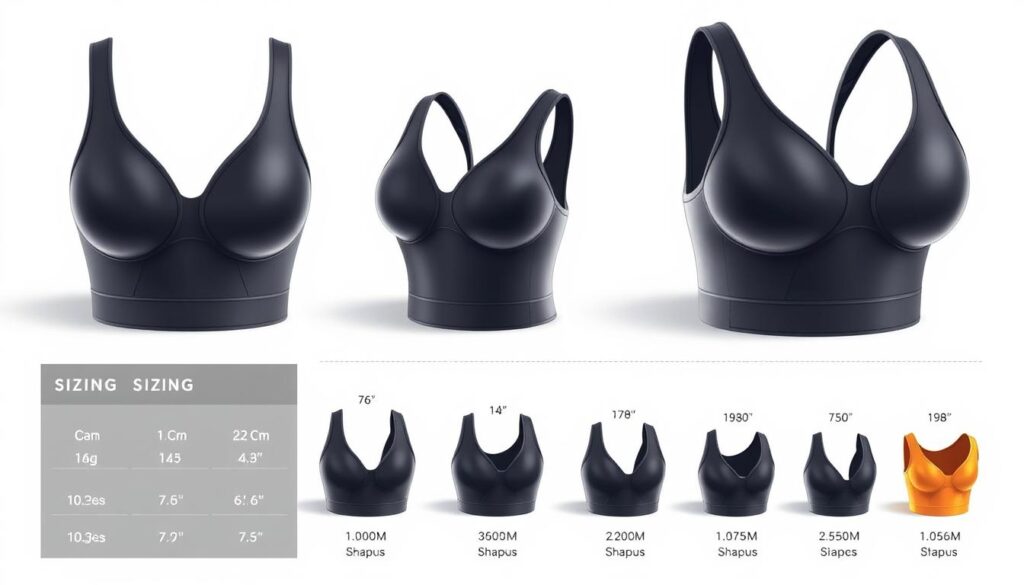
Choosing the right cup can seem hard, but we’re here to help. The right cup depends on your age, sport, and body type.
Size Guide for Different Age Groups
Getting the right size is important for protection. Here’s a quick guide:
- Youth (8-12 years): Smaller, more flexible cups
- Teens (13-16 years): Medium-sized cups with more protection
- Adults (17+ years): Full-sized cups for maximum coverage
Material Options and Their Benefits
The material of your cup affects comfort and protection. Here are the top options:
- Hard Plastic: Lightweight and durable
- Molded Polycarbonate: Great for impact resistance
- Soft Compression Materials: More comfortable for longer wear
Comfort Features to Look For
Comfort is essential when wearing a cup. Look for these features:
- Ergonomic design that fits your body
- Ventilation channels for breathability
- Moisture-wicking materials
- Flexible edges to prevent chafing
Pro tip: Always try on a cup before buying. What works for one athlete might not work for you. Your comfort and safety are most important.
How to Wear a Cup: Step-by-Step Instructions
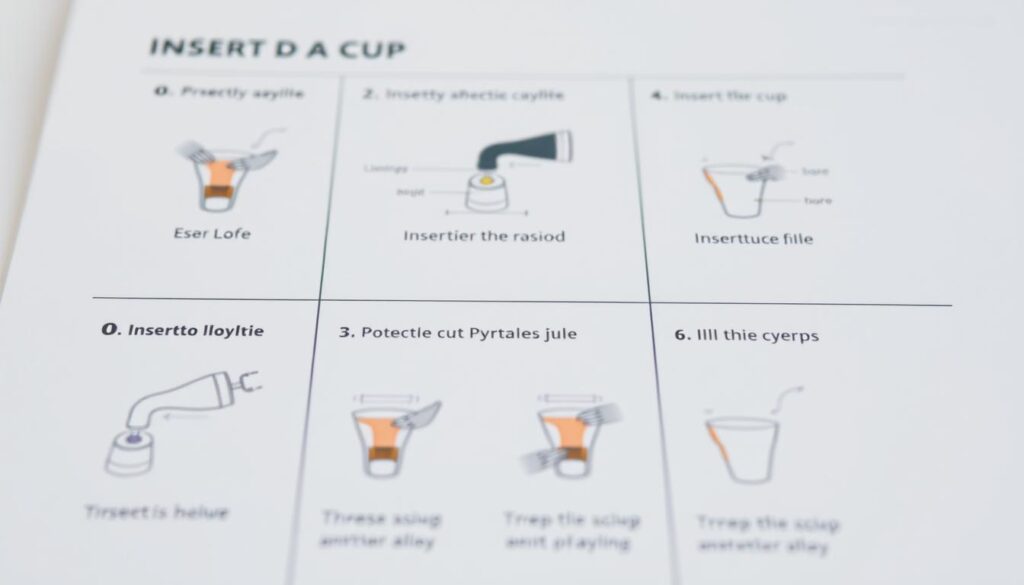
Learning how to wear a cup right can change the game for athletes. It ensures safety and comfort during sports.
First, get your athletic cup and a supportive undergarment. Make sure your hands are clean and you have a private area to change.
- Start with clean, dry underwear or compression shorts
- Position the cup facing the correct direction
- Gently slide the cup into place, ensuring proper anatomical alignment
- Adjust for a snug but comfortable fit
Pro tip: The cup should sit directly against your body, with no gaps or uncomfortable pressure points.
Remember, comfort is key when using cup insertion techniques. The cup should feel secure but not restrict movement. Different sports might need slight adjustments, so keep practicing.
- Check for proper front-to-back alignment
- Ensure no fabric bunching occurs
- Test mobility by walking and performing light stretches
For athletes new to protective gear, it might feel awkward at first. But with practice, wearing a cup becomes easy. It gives you confidence and protection in high-impact activities.
Proper Cup Positioning and Alignment
Wearing a cup correctly is key for safety and comfort in sports. The right spot can boost your game and keep you safe.
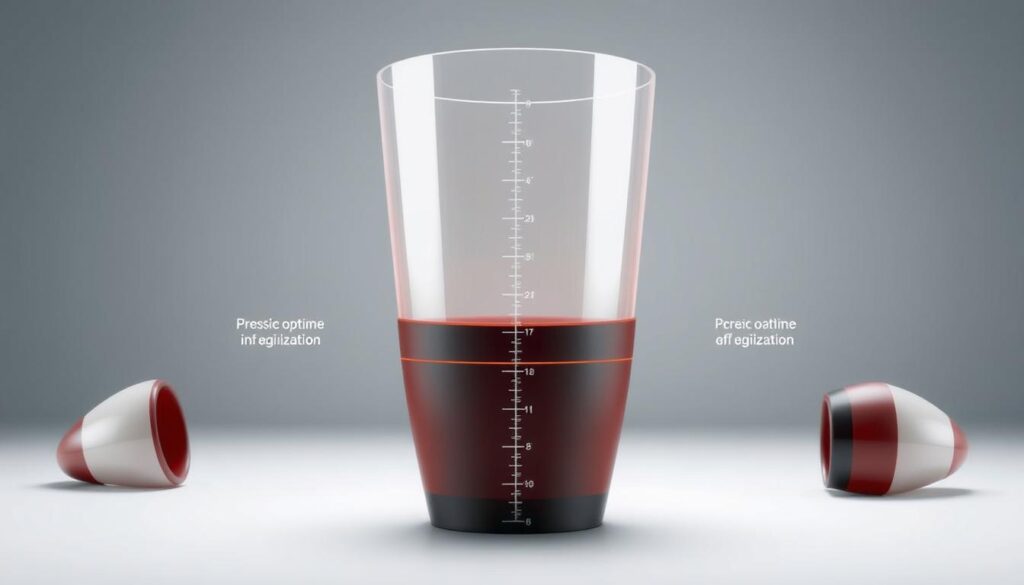
For athletes at any level, fitting tips are vital. It’s all about making sure the gear is in the right spot for the best protection.
Correct Anatomical Placement
Getting the cup in the right spot needs focus. Here’s how to wear it right:
- Align the cup with your body’s natural curves
- Make sure the cup covers your whole genital area
- Put the cup close to your body
- Make sure there are no gaps or loose spots
Testing for Proper Fit
To make sure you’re protected, follow these tips:
- Do a gentle movement test
- Look for any pinching or discomfort
- Make sure the cup stays put during activity
| Fit Indicator | Correct Placement | Incorrect Placement |
|---|---|---|
| Coverage | Full protection | Partial or uneven coverage |
| Comfort | No pinching or pain | Constant discomfort |
| Mobility | Free movement | Restricted motion |
Pro tip: Always adjust your cup before playing to ensure comfort and safety.
Securing Your Cup with Support Garments
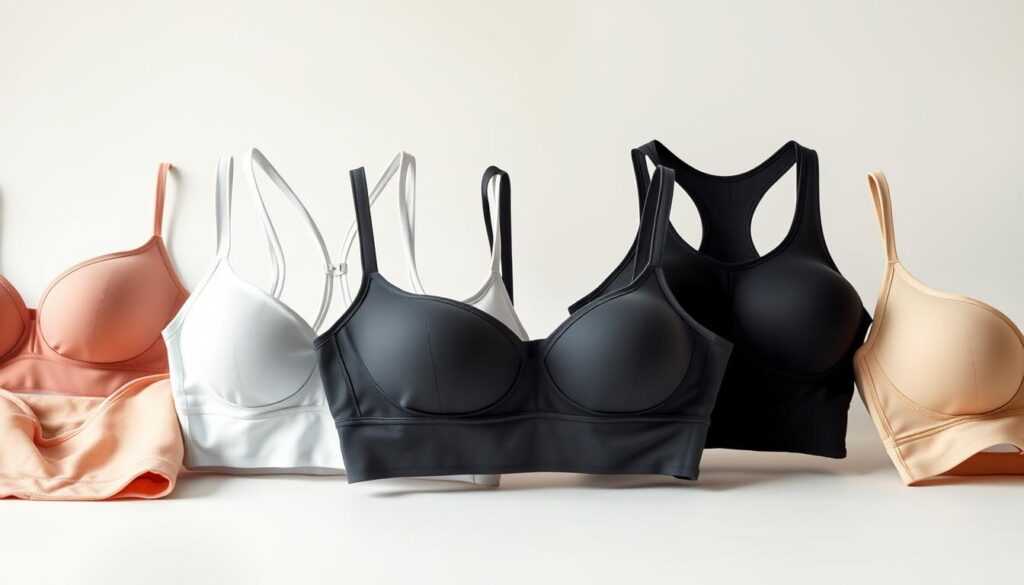
Choosing the right support garment is key for your cup wearing guide. It’s important for both protection and comfort. Different sports need different ways to keep your gear in place.
There are several steps to wearing a cup correctly. First, pick a support garment that fits your athletic needs. Athletes have many options to keep their cup secure:
- Compression Shorts: Full coverage and keeps the cup tight
- Traditional Jockstraps: Classic choice with a dedicated cup pocket
- Athletic Briefs: Cup holders with extra support
- Specialized Athletic Underwear: Made for sports like martial arts or hockey
When picking your support garment, think about these important factors:
- Material breathability
- Elasticity and stretch
- Comfort during movement
- Sport-specific design needs
The right support garment makes your cup a part of your gear. Spend time finding the perfect fit for your body and sport. This ensures you stay comfortable and protected.
Common Mistakes to Avoid When Wearing a Cup
Athletes of all levels can unknowingly compromise their protection by making simple errors when wearing a cup. Understanding the best practices for cup usage helps prevent injuries and ensures safety during sports activities.
Navigating the world of athletic protection requires careful attention to detail. We’ll explore the most critical mistakes athletes make and how to avoid them.
Critical Fit and Positioning Errors
Cup safety tips start with proper fitting and positioning. Many athletes make fundamental mistakes that can reduce their protective capabilities:
- Wearing the wrong size cup that doesn’t provide complete coverage
- Placing the cup too high or too low on the body
- Failing to adjust the cup for individual body shape
- Neglecting to test the cup’s fit before intense activities
Maintenance Mistakes to Avoid
Proper cup maintenance is key for long-lasting protection. Our top recommendations include:
- Clean the cup after every use to prevent bacterial growth
- Inspect for cracks or damage regularly
- Replace the cup if it shows signs of wear
- Store in a cool, dry place away from direct sunlight
Pro tip: A well-maintained cup not only provides better protection but also ensures your long-term comfort and safety during sports activities.
Maintaining Hygiene and Care for Your Athletic Cup
Keeping your athletic cup clean is key for both performance and hygiene. Start with a regular cleaning routine. This protects your investment and keeps you safe during sports.
Following the right steps is important. After each use, rinse the cup with lukewarm water. Then, use mild antibacterial soap to clean it well. Dry it with a soft towel and store it in a dry place.
Pro tip: Avoid harsh chemicals or abrasive materials that could damage the cup’s protective surface.
Different materials need different care. Plastic cups are gentle, while metal ones might need extra to avoid rust. Always follow the maker’s advice for your cup type.
Regular checks are vital for your cup’s effectiveness. Look for signs of wear, cracks, or damage. Also, check for loss of flexibility or strong odors.
If you see any major damage, it’s time for a new cup. Most cups last 1-2 years, depending on how often you use them and the maker’s advice.
Breaking In Your New Cup: Tips for Comfort
Getting a new athletic cup can feel stiff, like new shoes. Comfort comes with time. Your cup needs to get used to your body.
Learning to wear a cup is key. The first time is important for finding a good fit. Here are some tips to help you adjust.
Initial Wear Period Strategies
- Start with short wearing sessions of 15-20 minutes
- Wear breathable compression shorts underneath
- Practice moving around to test initial comfort levels
- Gradually increase wearing time over several days
Cup Adjustment Techniques
Proper alignment is key to comfort. Here are some tips to find the perfect fit:
- Ensure the cup sits centrally and doesn’t shift
- Check for even pressure distribution
- Adjust support garments for maximum stability
| Wear Duration | Comfort Level | Recommended Action |
|---|---|---|
| First 15 minutes | Initial discomfort | Minor repositioning |
| 30-45 minutes | Moderate adaptation | Check alignment |
| 1-2 hours | Full comfort | Normal wear |
Pro tip: Everyone’s body is different. What works for one athlete might not work perfectly for another. Listen to your body and make personalized adjustments.
Remember, breaking in a new cup takes patience. With these tips and careful attention, you’ll find your perfect comfort zone soon.
Sport-Specific Cup Wearing Guidelines
Every sport needs its own protective gear. Your cup wearing guide must change for each sport. Athletes should know that one size doesn’t fit all when it comes to cups.
Different sports need different cup protection. Here are the key guidelines for various sports:
- Baseball/Softball: Catchers and infielders need snug cups for maximum protection against fast balls
- Martial Arts: Flexible cups with better mobility are key for high-impact moves
- Football: Rigid cups with strong support are best for contact sports
- Hockey: Lightweight, compact cups that allow quick moves are ideal
When picking a cup, think about these sport-specific things:
- How often you get hit in your sport
- The amount of movement you need
- The level of physical contact
- How comfortable and fitting it is
Professional athletes and coaches say to get sport-specific cups. They offer targeted protection while keeping you comfortable and flexible. Always put your safety first without losing your game.
Troubleshooting Common Cup Issues
Athletic cups are key for protection, but they can sometimes cause problems. Our guide will help you fix common discomfort issues fast and well.
Wearing a cup right can lead to some usual issues. Knowing these problems can greatly improve your comfort and performance.
Identifying Discomfort Zones
Discomfort often comes from a few main areas:
- Incorrect sizing
- Improper positioning
- Material irritation
- Insufficient support
Quick Adjustment Techniques
Getting a cup to fit right takes some trying. Here are some useful tips to solve common problems:
- Repositioning: Adjust the cup’s angle for better fit
- Check if compression shorts support well
- Make sure the material is flexible
- See if it restricts movement too much
When to Replace Your Cup
Some discomfort might mean it’s time for a new cup. Look for signs like visible wear, less flexibility, or ongoing pain.
Finding the right athletic cup is a personal journey. Don’t be afraid to try different styles and sizes to find your perfect fit.
Safety Tips and Best Practices
Wearing a cup is just the start of protecting yourself in sports. Our tips will help you stay safe and comfortable. Knowing how to use your cup right can stop injuries and boost your game.
Here are some key safety tips for athletic protection:
- Always check your cup for cracks or damage before each use
- Replace your cup every 12-18 months or after big impacts
- Make sure it fits right for the best protection and comfort
- Clean your cup after every use to keep it clean
Keeping your cup in good shape is key. Sweat, bacteria, and regular use can harm your cup’s protection. Clean it with mild soap and warm water. Avoid harsh chemicals that can damage the material.
Each sport has its own cup safety needs. For wrestling, martial arts, and contact sports, pay extra attention to how your cup fits and moves. Practice moving in your gear to make sure it stays in place during tough activities.
- Test your cup’s fit before big games
- Wear supportive compression shorts for extra security
- Practice moving to check your cup’s stability
Remember, safety tips are not just about avoiding injuries. They help you stay confident and perform at your best. By following these tips, you can play your game without worrying about getting hurt.
Conclusion
We’ve shown you how to wear a cup for sports safely and comfortably. We covered everything from different cup types to how to position them right. This guide is all you need to know about wearing a cup.
Now you know how to pick the right protective gear and understand sizes. It’s not just about safety. It’s also about feeling confident and performing well in sports.
Whether you’re a casual player or a serious athlete, knowing how to choose and wear a cup is key. The right cup can greatly improve your sports experience. Stay safe, stay informed, and keep pushing your limits with the right gear.
Your journey to being a well-protected athlete begins with knowledge. It ends with confident performance. Trust your gear and focus on your love for sports and personal growth.

